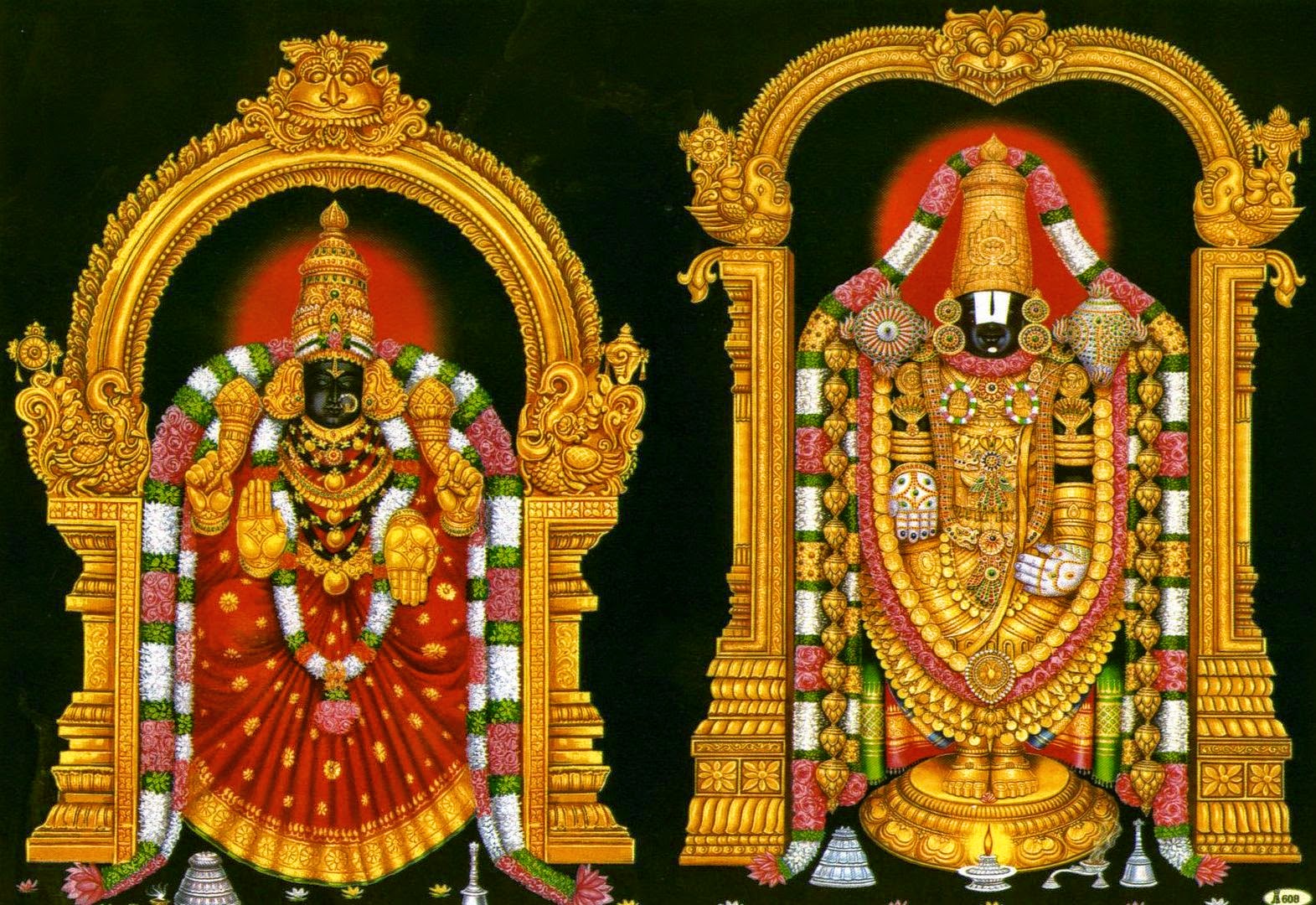The Tree of Life 2-4. Swami Krishnananda.
=========================================================================
========================================================================
Monday, October 31, 2022. 06:00.
Discourse 2: The Search For Wholeness-4.
=========================================================================
Chapter 15 – Purushothama yogam :
The Yogam of the Supreme Divine Personality :
Lessons from the Analogy of a Banyan tree :
=========================================================================
The variety and the multitudinousness of the leaves of a tree, for instance, is no bar to the relatedness among themselves in the form of this tree. So is this variety of life. The division and the difference, the gulf and the variety in the form of experience of objects, do not deter us from asking for a unity behind them. That is the reason why we ask for collaboration, unity, solidarity of people. We are urged towards working for a commonness of purpose. We do service, we have a feeling of affection, we feel for other people, we extend ourselves into another, all which can be explained only by the fact of the presence of an inexplicable oneness that is at the back of this apparent multiplicity of personality, objects and things.
In the same way as a wholeness called the tree is present in the variety we call leaves, etc., God is present in the world. “He became the many, and He entered into every part of it,” says the Upanishad.
But we have to pursue this nature of the mystery of life still further so that the purpose that is behind the expression of this mystery may be clear to our minds.
The knowledge of this tree is supposed to be true knowledge: yastaṁ veda sa vedavit (B.G. 15.1).
If you know the whole of this tree, you are said to have true knowledge. But we do not have knowledge of the whole of this tree. We see only one leaf, or half a leaf, just as we look at some object or a group of objects in front of us.
Who can know the whole of this Earth, what to speak of other things beyond the Earth? No one can imagine what is in the skies and above. We are very much conditioned to this little place, Muni-ki-reti or Rishikesh; or the farthest expansion of our mind may be to India or the Earth. This is not to look at the whole of the tree but to see only a little of it—and that, too, wrongly, as an externalised form. Even this little knowledge that we seem to have is erroneous knowledge and wrongly directed. But the mystery creeps into this horrid picture of life because of the presence of the great unifying absolute power of God. This unifying presence keeps us somehow or other hoping for the best, happy under every condition, and seeking to save ourselves even in the midst of the ocean in which we are being drowned. We try to catch a little straw in the flooded river, hoping that we can be saved. That hopefulness of continued existence and the seeking of significance in existence is due to the presence of God in us, the presence of the vitality of the seed in every part of the tree of life.
The mystery is here, that God in His unified comprehensiveness is in us; He is wholly present, not only partially, in spite of the fact that we are partial expressions. The part contains the whole in wholeness. This is the mystery. We cannot understand how the wholeness of the whole can be in a part. We never see such a feature anywhere in this world. No drop in the ocean can contain the whole ocean. But the whole of us is present in every cell of our body, though biologically, physically, physiologically, anatomically, each cell is only a part of the whole of the body. The body that we speak of is a comprehensive, living, vital power. That comprehensiveness of the vitality in us is present in each cell of the body, so that by seeing one cell we can know the whole person. So is the completeness of perfection present in the partial limitedness of forms. That is why we are hoping for God-realisation as a possibility, a practicability and a surety. We are not weeping as though nothing is possible and everything has gone mad. Thus, there is a double feature in human experience, a complete chaotic presentation of an apparent externality of experience which keeps us restless and unhappy, simultaneously with a hope for ultimate perfection and a capacity in us to achieve it.
*****
To be continued
=========================================================================










Comments